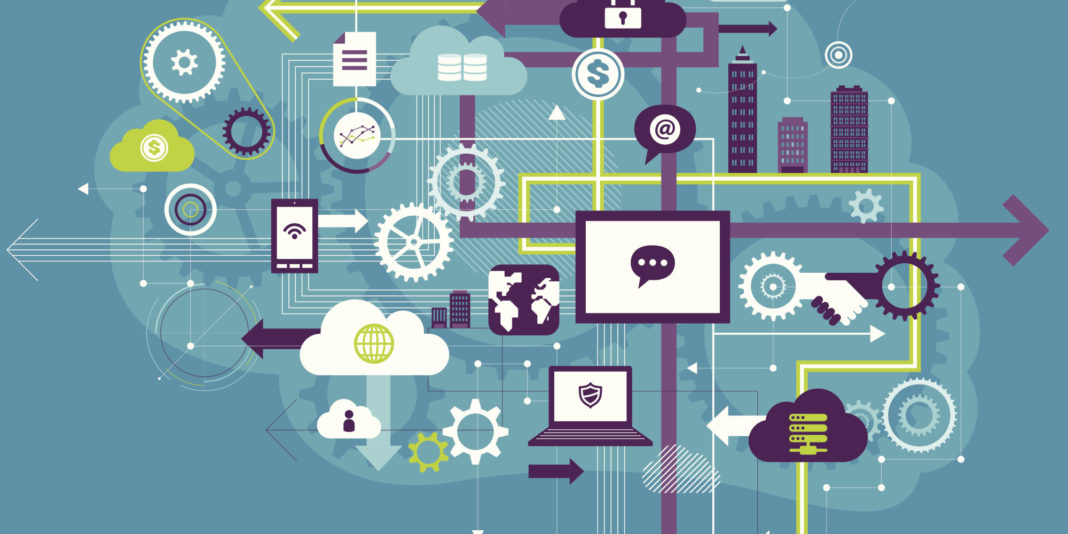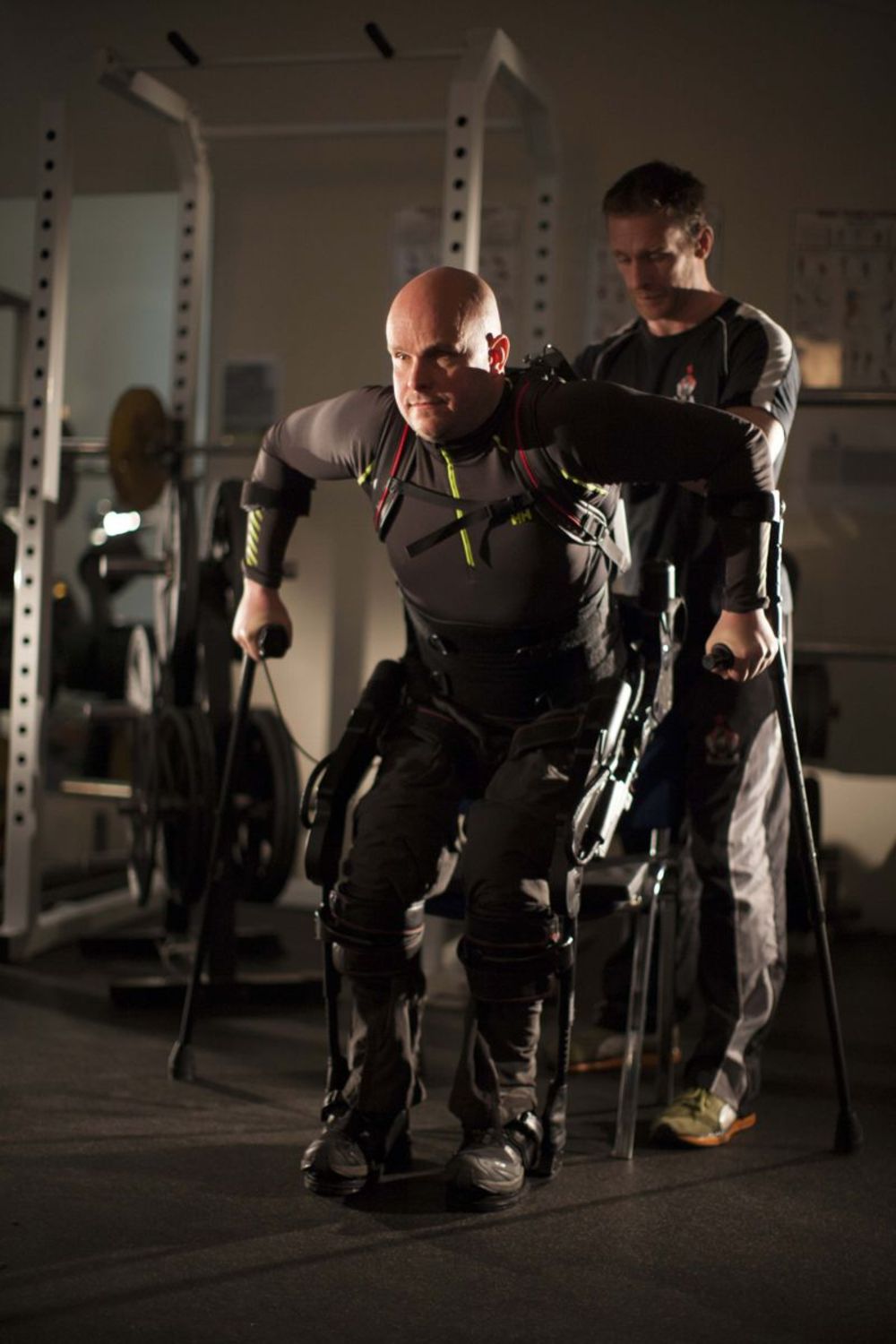While many people still view artificial intelligence (AI) as just walking, talking, robots that will go around and do all your housework for you, that’s not all there is to it. In fact, that’s only the very tip of the iceberg. Artificial intelligence is a very broad term and includes a manner of different elements including machine learning and big data processing. It also goes hand in hand with IoT and makes things like wearables and connected home gadgets possible.
While AI is essentially the decision maker and action taker, IoT collects the information needed in the first instance. One such example where you can see these two working in tandem is within the insurance industry. One company wanted to understand how they could reduce the risk of falls in those aged over 65 and living on their own. To do this in real time, they took pre-existing claims data to act as a baseline as to typical activities that occurred within the home. Then, sensors were installed in the senior’s homes to capture a real life biometric data baseline to work from in which they kept stored in the cloud. The new data was then analyzed against the pre-existing claims data to enable the AI to predict the probability of a fall happening before it did.
Another similar example from the insurance industry occurred in 2006 when an early warning system for a technology assessment was created. This involved predicting that a patient will want to explore alternative options and understand how effective these procedures will be, depending on a number of factors including the patient’s current health status, and provider prices. Using data from a variety of sources including wearables, real-time payments, and provider office visit’s observations, scientists have now been able to automate the recommendation process for those seeking alternatives to weight loss surgery.
Many of these AI developments are only made possible through the use of neural networks that have been inspired by the human brain. This way, algorithms are trained by humans first and over time, the neural network teaches itself, relying less in its human trainers and more on its own learned assumptions.
More News To Read
- When Technology Can’t Replace Humans?!…
- Have Scientists Uncovered the Missing Element of the Earth’s Core After All These Years?
- Further Details About the Tesla Gigafactory are Due to be Released at March Trade…
- Was Our Moon Created by Cosmic Collisions?
- Parallel Universes and the Many Possible Levels Within, Any Possibility of us Traveling There?











